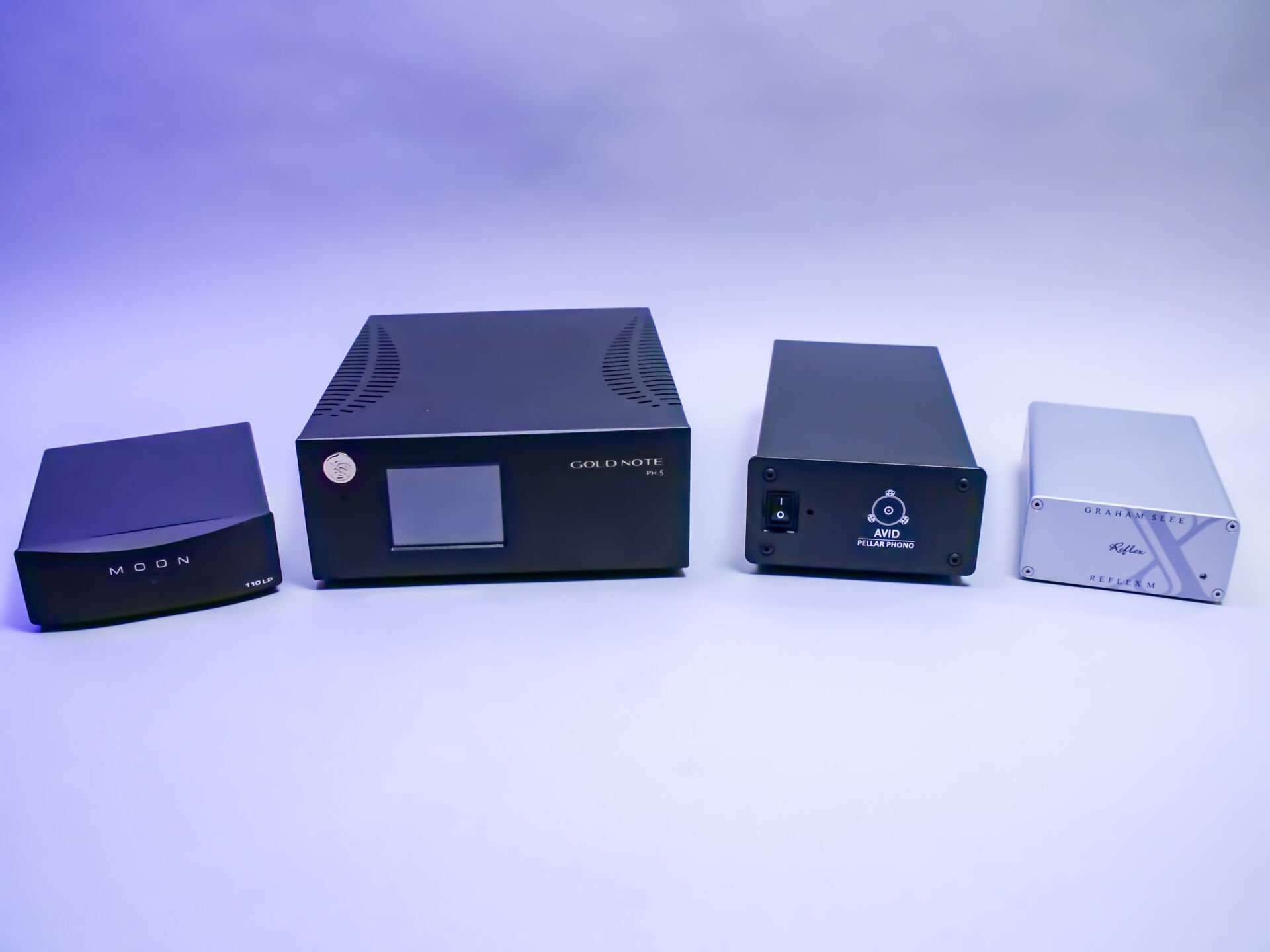

Intro
Contents
Is there a audible difference between streaming services? And what are these differences? We had this test on our wish list for a long time and when preparing it we came to the conclusion that playlists already existed before there were online streaming services. These tracks were in fact recorded onto a cassette tape; for personal use or to give to friends. Yes: mixtapes. This is how we shared music. The music was recorded from an LP or from the radio. So here it is: a comparison of modern and vintage playlists. Let’s Play!
So in this test we directly compare streaming with analog. More specifically: we compare streaming services with vinyl and cassette. In order to do that properly, the approach is crucial. We first explain our approach to this.
We used the folowing sources:
- Tidal HiFi subscription (played through Roon)
- Qobuz Studio (via Roon)
- Spotify Premium (Spotify app)
- Master WAV-files (via Roon)
- Nakamichi CR-1 cassette deck (approx 1990)
- Cassette: TDK SA-X 60 (Chrome tape)
- Music Hall 5.1 turntable
- Iseki Milltek Green Moving coil cartridge (high-output)
- Primare R35 phono pre-amp
WAV-files were transfered to the tape-deck with Vox music player in Mac OSX (Macbook Pro), via USB to the Violectric DHA V590 DAC/preamp.
To level all the sources, so we can hear all tracks at the same volume, we use a dB-meter from Velleman.
The turntable is kindly made available by Adri from A3 Longplay, thank you very much! The records and master-files have been made available by Music on Vinyl. We have turned off all filters in Roon and also the Nakamichi plays without noise suppression.
We play the music on the Alpha Audio reference set:
- Pass Labs XP-12
- Bryston 4B SST3
- Focal Sopra No1
- Metrum Acoustics Pavane
- Metrum Acoustics Ambre
- Isotek Titan EVO3
- Kemp PowerStrip 8Plus
The test music
In order to test the music properly, it is important that we have the same source versions, namely the studio masters. And even then, we’re not quite there yet, because mastering engineer Sander van der Heide told us during a visit to the Wisseloord Studios that every streaming service has specific requirements. So there are several masters. A ‘raw’ master, and the ‘masters’ that are send to the streaming services.
Before publishing the music, the studio engineer must always adapt or convert the ‘final raw’ master to the format required by a (streaming) service. And also with vinyl, the master is different from a regular production; apart from the RIAA correction that must ensure that the peaks and troughs in the groove do not become too deep, the frequencies below 200 Hz are mixed mono. This also makes a recording sound warmer.
We are fortunate that Alpha Audio is located in the premises of Record Industry, the record press where the Artone studios, Music On Vinyl and music producers also work. In fact, our office was once the place where Discogs started and Chef’s Special rehearsed. After some consultation with mastering engineer Rinus we came to the following list:
- Robert Palmer: Johnny And Mary, from the album Clues (1980); Music On Vinyl remaster Robert Palmer Collected. Analog master.
- Acda and De Munnik: When the Fire Is Extinguished (1997). Digital master and vinyl master
- Evanescence: Bring Me To Life (2018): live recording, digital master (no vinyl master)
Three very different recordings, both in type of music and in recording techniques.










